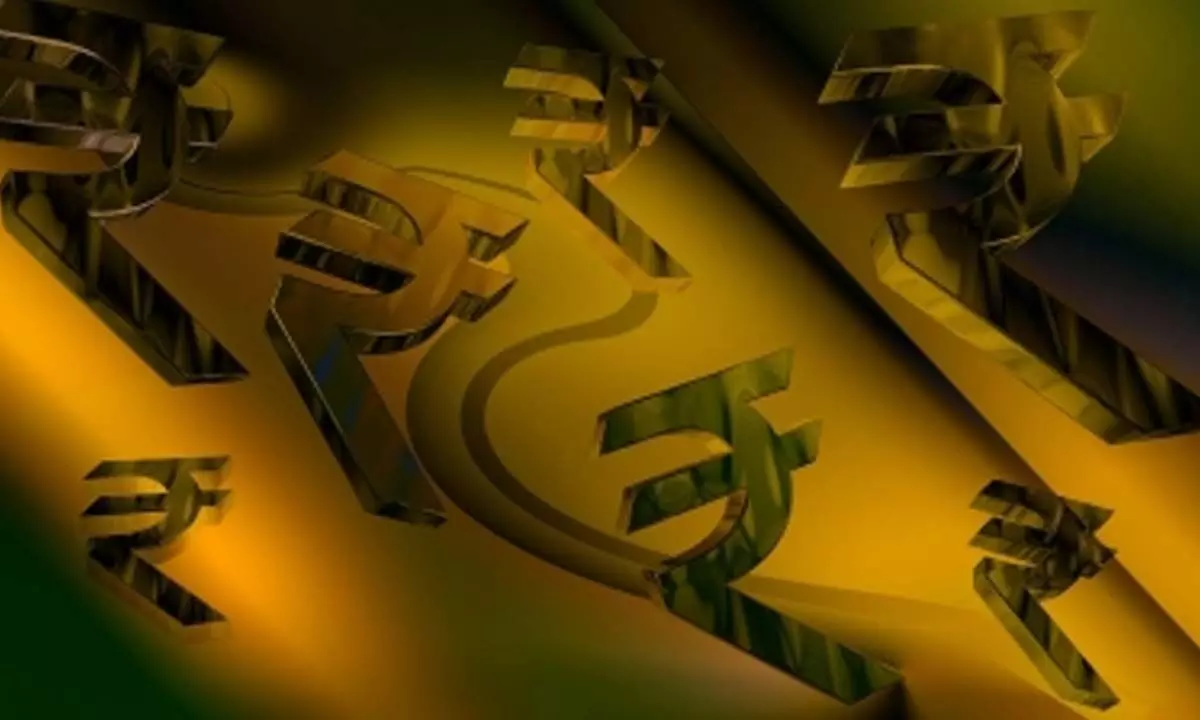Range-bound rupee most stable among major currencies: RBI Governor
Share :

The Indian rupee (INR) has remained largely range-bound as compared to both its emerging market peers and a few advanced economies during 2023-24 and was the most stable among major currencies during this period, RBI Governor Shaktikanta Das said on Friday.
Mumbai: The Indian rupee (INR) has remained largely range-bound as compared to both its emerging market peers and a few advanced economies during 2023-24 and was the most stable among major currencies during this period, RBI Governor Shaktikanta Das said on Friday.
“The depreciation of Indian rupee (INR) at 1.4 per cent against the US dollar in 2023-24 was lower as compared to emerging market peers like Chinese yuan, Thailand baht, Indonesian rupiah, Vietnamese dong and Malaysian ringgit and a few advanced economy currencies like Japanese yen, Korean won and New Zealand dollar,” he explained.
In the previous three years, the INR exhibited the lowest volatility in 2023-24. The relative stability of the INR reflects India’s sound macroeconomic fundamentals, financial stability and improvements in the external position, he added.
India’s foreign exchange reserves reached an all-time high of $645.6 billion as of March 29, 2024, which has helped in reducing the volatility in the rupee. Latest data on various external vulnerability indicators suggest improved resilience of India’s external sector, the RBI Governor explained.
“We remain confident of meeting our external financing requirements comfortably,” Das said.
He said that during the first three quarters of 2023-24, India’s current account deficit (CAD) narrowed significantly on account of a moderation in merchandise trade deficit coupled with robust growth in services exports and strong remittances.
India’s merchandise and services exports have grown at a healthy pace in Q4:2023-24 and the country continues to be the largest recipient of remittances in the world, he pointed out.
The cost of receiving remittances stood at 4.9 per cent in Q3:2023, significantly lower than 9.6 per cent in Q1:2013 and also vis-a-vis the global average of 6.2 per cent; During Q3: 2023-24, the CAD stood at $10.5 billion (1.2 per cent of GDP) as compared to $11.4 billion (1.3 per cent of GDP) in Q2.
Overall, the CAD for 2024-25 is expected to remain at a level that is both viable and eminently manageable, the RBI Governor said.
On the external financing side, India’s foreign portfolio investment (FPI) flows saw a significant turnaround in 2023-24. Net FPI inflows stood at $41.6 billion during 2023-24, as against net outflows in the preceding two years ($14.1 billion in 2021-22 and $4.8 billion in 2022-23). This is the second highest level of FPI inflow after 2014-15, Das said.
However, net foreign direct investment (FDI) moderated to $14.2 billion in April-January 2023-24 from $25.0 billion a year ago.
External commercial borrowings (ECBs) and non-resident deposits recorded higher net inflows compared to the previous year.
The amount of external commercial borrowing (ECB) agreements also grew markedly during 2023-24 (up to February 2024).
Gross inward FDI at $59.9 billion during April-January, 2023-24 was marginally lower than $61.7 billion during the same period of 2022-23.
External commercial borrowings to India witnessed a turnaround with net inflows of $3.7 billion during April-February 2023-24 as against net outflows of $4.7 billion a year ago.
Non-resident deposits recorded a higher net inflow of $10.2 billion in April-January 2023-24 than $6.0 billion a year ago.
ECB agreement amount during April-February 2023-24 stood at $41.5 billion as compared to $22.8 billion during the same period of 2022-23.
India’s external debt/GDP ratio fell from 19.0 per cent at end-March 2023 to 18.7 per cent at end-December 2023. The net International Investment position to GDP ratio improved from (-) 11.3 per cent to (-) 10.8 per cent during the same period.















